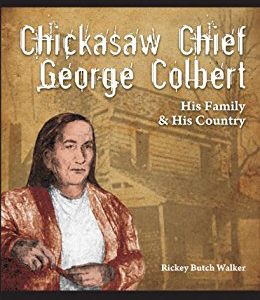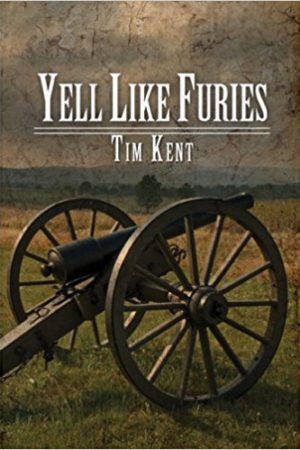You pick up your pen and paper, a cup of coffee and head to the porch to write. Maybe. Or maybe instead, you turn on your computer and open a blank document. Don’t forget your coffee. You begin to type out word after word. After an hour or so, you decide that you may have something going. Being an author isn’t so bad!
Once you have something worth sharing, you must decide what to do next. Writing is only one phase of becoming an author. It’s not even the first phase. Often research must precede writing so details can be accurate. As a writer you must be so accurate that no one can question your validity. You can’t state “The Challenger exploded in 1986. It was NASA’s thirteenth mission, an unlucky number for sure.” Yes, the Challenger did explode in 1986. Yes, thirteen is an unlucky number. But the Challenger was NASA’s tenth mission, not the thirteenth. Accuracy counts. Maybe your research includes walking through a wooded area to identify sounds, smells, heat or cold and swat a mosquito or two. You might even break a leaf from a plant or pluck a blossom and taste it, just to see what tempts a worm or bee to feed there.
Let’s assume that you have your details intact. You now must have characters in your head. Are these people you know? I hope not! You can take a quality or two from one person and a quality or two from another, but to paint an accurate picture of someone who might recognize himself can lead to a letter from his lawyer. End of that story.
Characters have to act and react in order for a story to escalate. Without tension, a character’s yearning for something that seems to be unattainable, you have no story. You may have a character sketch, but not a story. So you throw an obstacle in his way. He battles, but recovers. You throw another in his path. He battles, but recovers. You follow the pattern until you slap him with something that seems insurmountable. Now he has to make a life-changing choice. What does he choose? If his choice leaves him with loss, it’s tragic; if he wins, he’s heroic.
You have a story. You revise. And revise. And revise again. Why? Because most first drafts are usually shitty – unless you are Emily Dickinson. You read for grammar and spelling errors. Your computer can help you here. So you are finished. No way! You read for sentence structure to see that every other sentence doesn’t begin with the word “He.” You manipulate sentences so that you follow a series of long sentences with a short, quick sentence, only a couple of words. Remember that Bible verse you always pulled out when the teacher asked for your memorization for the week? “Jesus wept,” of course. Two short words that encompass the heart of the crucifixion.
Now you are ready to submit the revised copy. Not so fast. Have you read the story aloud to check places where you stumble? Rework those. Have you read from the end to the beginning to see if your fingers typed what your mind told them to click out? Rework again. Typing out the draft is only the beginning. Think about it this way: creating the story = 10%, reworking the story = 90%.
Your story now is your baby. It’s beautiful. The theme will alter minds for generations. The characters will be quoted for decades. Back off, Alice Munro and Edgar Allen Poe. Your match is here! It’s likely the best story to be published this year. It will bring you fame. Oprah will call with encouragement to expand your story into a novel. Well, maybe not, but you are now ready to enter the business world of publication.
I invite you back next time to learn what your responsibilities are for getting that beautifully crafted, career changing, life altering 2,500-word short story before the public. See you then for “So You Want to Be an Author: The Business of Writing.”




